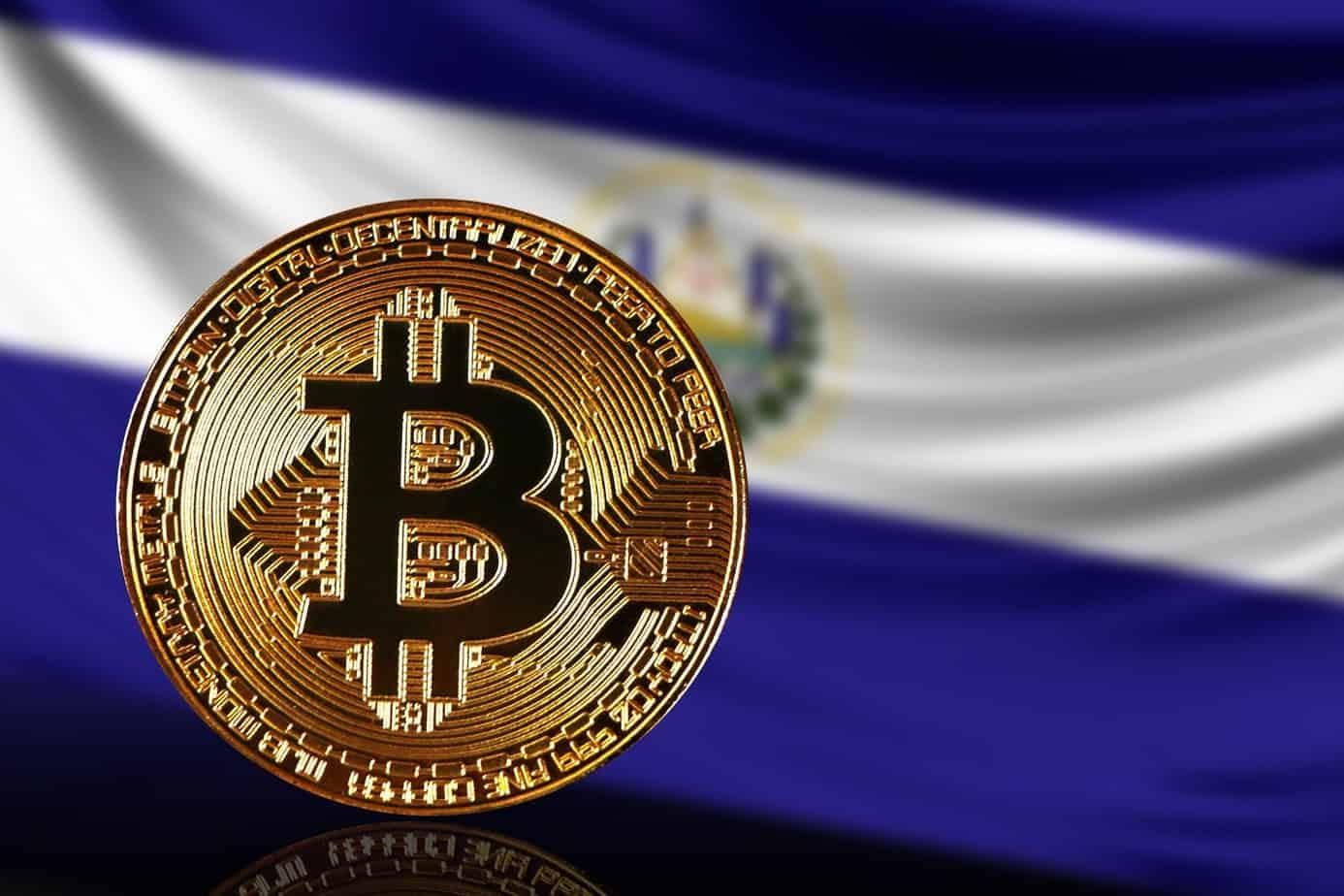2019-1-17 19:56 |
With the advent of the digital age, all sorts of content were at the fingertips of people. However making money out of this was a bit tricky, most people would be unable to or simply unwilling to pay for that content.
Companies then started using another model, as they identified an opportunity to market to a large section of the population.
While the debate about the ethics of this model continues, there is no doubt this is a major reason that keeps most of the internet free. Now a crypto funded browser, Brave, has implemented this model but says it is going to pay users for viewing advertisements.
Who is Brave?Brave Browser is a free and open source chrome variant that stresses the need to uphold the end users privacy. While the browser blocks ads and website trackers, it has been working towards a pay-to-surf business model.
Since their trial run in the middle of last year, the company has received an almost equal amount of praise and hate.
Many have lauded the incredible speeds at which the pages load, the advanced ad tracking it supports and the generous revenue split to users for money made from advertisements. yet many have derided the company's “double dipping” model, of using someone else's work and using their own ads, thus limiting the other person's ability to profit from it.
Perhaps the best way to sum it up, as a reviewer noted “Brave is an interesting idea, but generally it's rather frowned upon to stick your own ads in front of someone else's”
How does it work?The ICO-funded browser has been trialing their system which displays their own advertising over the internet. The platform will let users opt-in and view up to twenty ” privacy respecting ads” a day. Each view will pay the user a certain amount in Basic Attention Tokens [BAT], the platforms native currency. At the moment, the company announced, users will receive 70% of the total revenue from ads they view.
This works well for the end user and Brave themselves, however, the actual content owners and publishers are caught in a lurch as they lose out on marketing revenues. Pointing this out the CEO of the Newspaper Association of America, David Chavern, said that Brave's idea “should be viewed as illegal and deceptive by the courts, consumers, and those who value the creation of content”.
While the content publishers are welcome to join into the ecosystem, there have been no notable tie-ins. This might be primarily due to the fact that the browser might still be considered a small fish. It has had a total of 2.2 million downloads. To put that in perspective, Google has more than 1.2 billion users.
A Brave new rewards programStill, to remedy this issue, the browser also has The Brave Rewards program. It is a voluntary system that is described as an ” anonymous donation system integrated directly into the Brave desktop browser. Though off by default, can be easily switched on with the slider. Publishers and creators who wish to participate in Brave Rewards can join by signing up via our publisher portal.”
When the user turns on Brave Rewards, the browser starts keeping a tab of how long the user was on a site. Then depending on their attention span, each site is rewarded with the user's monthly BAT contribution, divided amongst the different sites.
This is linked to their Brave Ads which lets people opt into their pay to view model. It lets a person browsing, earn BAT for their attention. However, when used, the browser starts tracking the user's preferences, ostensively to display occasional relevant marketing material.
Rise of privacy concerns.While there is little doubt that advertising is the most suitable model to let companies pay their running costs while providing free or heavily discounted content. This is increasingly becoming an issue as the user's privacy is encroached upon, usually with gay abandon.
Unsurprisingly this has led to a boom of AdBlockers and other companies that place more emphasis on privacy. Such a reaction has cost millions of dollars in ad revenue to content creators. It has also led to many advertisers now looking at other ways to market their products.
Another major question is the issue of false and misleading advertising. This “malvertising” creates an environment of distrust even though publishers are usually never directly responsible. However, such scams make users wary and lead to advertisers questioning the profitability of this path.
Another solution that does not alienate.The most common alternative to an advertisement model is a subscription/direct pay model. The issue with this is that it will disaffect a majority of users who can ill-afford to pay. Thus the solution being espoused by Brave is fascinating in its possibilities.
Unfortunately, it does not consider an important aspect of the internet, the content creators. Most of these people are professionals and need to be compensated. That remuneration can only be expected if the publisher can garner income, something that can only be generated by advertisements.
It is thus clear that, at the moment, one model favors those who access content while the other is more inclined towards those who create it. There is thus a clear need of an alternative.
Until last year, Brave had been working on a model that outright banned promotion activity on their platform, they have now changed their approach. While this pays the end user, it does so by replacing ads on other peoples website, leaving content creators as the losers in the equation. One solution could be streamlining the brave rewards program and ensuring that good content gets the support it deserves.
origin »Content and AD Network (CAN) на Currencies.ru
|
|
